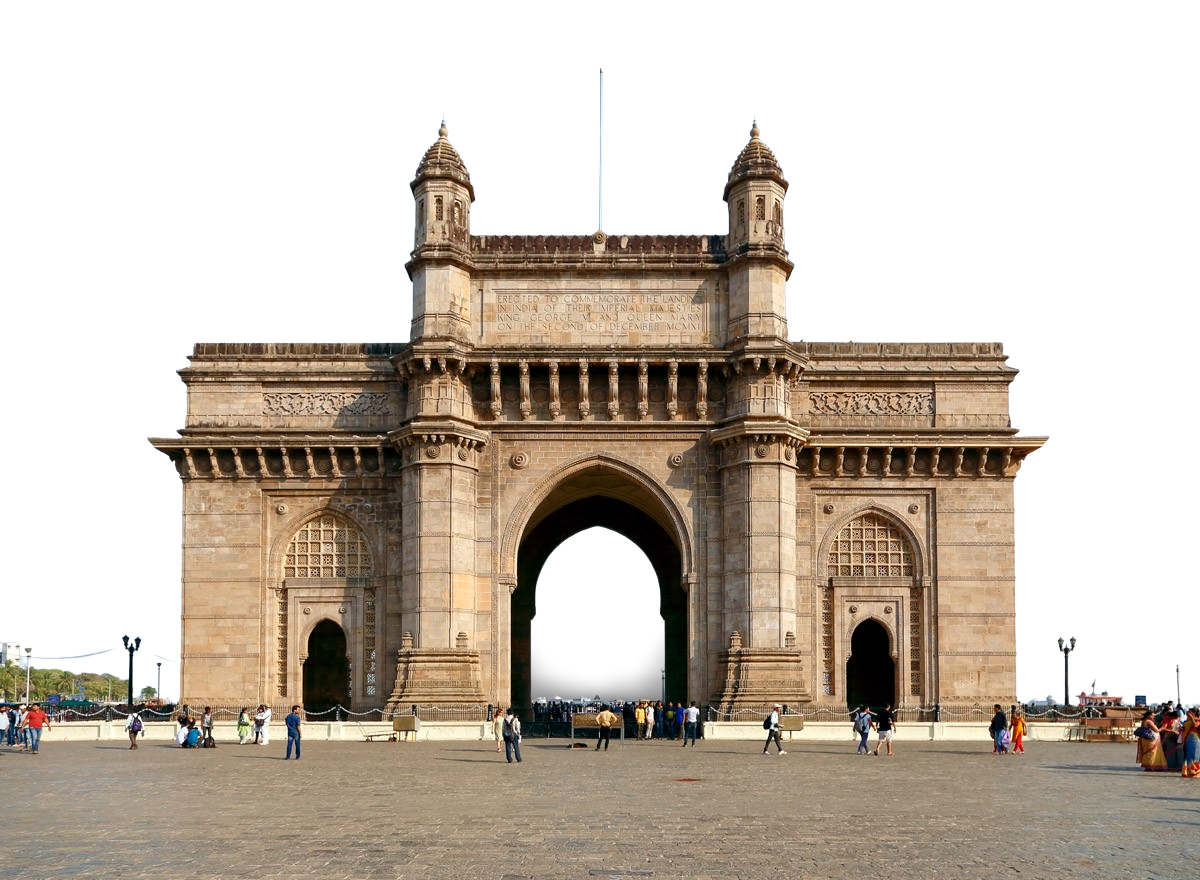India, a country widely known for its rich culture has also gained recognition owing to its unique customs. It’s almost impossible for you to not come across the various interesting customs while exploring India. Each of these customs have been formed thousands of years ago with specific reasons behind them, maybe spiritual, mythological, or scientific. Exploring the reasons behind these customs is yet another interesting thing to explore. Here are some of the most commonly seen customs in India along with their backstories.
- Joining of hands while greeting with “Namaste”
Namaste is a welcoming or parting gesture, where we bow to the person with respect.
Namaste involves the joining of hands and bending the head forward. While we all know that it’s a gesture used to show respect, you might have wondered why do we particularly join our hands?
The joining of hands symmetrically signifies the meeting of two souls, and that we see the other person as an equal leaving behind all our ego. Another scientific reason is that the tips of fingers are the pressure points for the eyes, ears, and mind. Joining all the fingers together puts pressure on these points and it helps us remember the person for a longer time.
2. Exchange money only with the right hand
In India, most people exchange money with their right hands. Try noticing shopkeepers while they exchange money.
This is because money is believed to be a form of blessings of Goddess Lakshmi and in this way it has a spiritual connection. The right hand is supposed to be used for all the holy and “clean” activities. The left hand is generally supposed to be used for “unclean” activities such as wearing shoes or wiping up in the washroom. Hence, it is a custom to exchange money only with the right hand and the same applies to all other activities like eating, passing on food, exchanging stuff, or touching the elder’s feet.
3.Eating with the hand
You might be familiar with this one.
It may sound unsophisticated or difficult but in India, it’s a part of our culture. Using the fingers while eating has a scientific reason behind it. The ancient ayurvedic principles state that by using your fingers you’re not only feeding your body but also your mind and spirit. It also says that our bodies are in sync with nature and the intake of food with our hands makes it a completely natural process. This has several health benefits like improved digestion and maximum nutrient absorption. So in case you’re planning a trip to India, you might give it a try!
4. The array of knots tied on a temple’s fence or premises
Indian temples are full of customs and every other thing has a deep connection with spirituality and mythology. One such commonly observed custom in temples is the tying of knots on the fence, boundary, or within its premises. People make their wishes to God and tie these knots as it is believed that they will reach the almighty and hopefully be fulfilled. It’s just a spiritual belief and there’s no scientific reason behind it.
5. The “Tilaka” applied on the forehead
You might have seen or experienced that the temple priests (pandits) have “Tilaka” (commonly called “Tika”) applied on their forehead right between the eyebrows which looks like a round-shaped dot.
This spot on the forehead is the major nerve point known as Adnya Chakra which retains energy and concentration. While applying, this point gets pressed which leads to better retention of energy and concentration levels. It also has the ability to cool down a person’s mind.
6. Lemon and chillies hanged on shop’s and house’s entrances
This custom has been followed since a very long time, rather as a “DIY” mosquito and insect repellant when there used to be no insecticides.. Lemon and chilli being rich in Vitamin C, when pierced with a cotton thread releases a fluid(acid from the lemon) that spreads all around the place. This helped to repel the insects as houses used to be made up of mud and stones. Even chilli acts as a germ killer when hung along with a lemon at the door.
7. Put up a black dot on the baby’s forehead
Indian’s believe in the eye of “Alakshmi” or the evil eye responsible for bringing bad luck and misery. If a baby or a child falls mysteriously sick or accidents happen one after the other, it is said to be struck by the evil eye. It is believed that babies are more prone to it as they are beautiful. So, the idea is to make them look a bit ugly by applying “Kajal ” (a homemade black paste) shaped like a big dot. By doing so, babies and small children are supposed to be safe from the evil eye.
